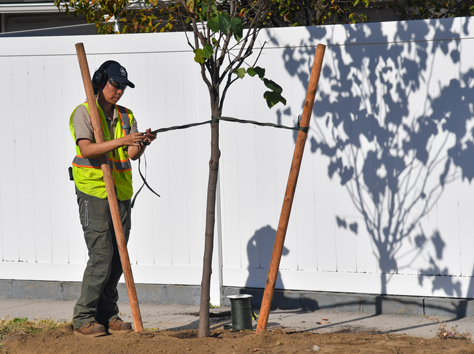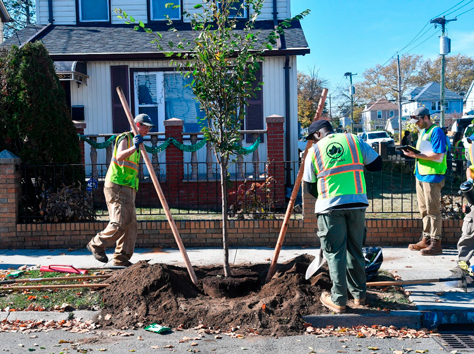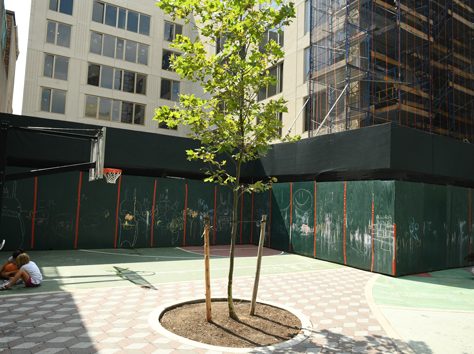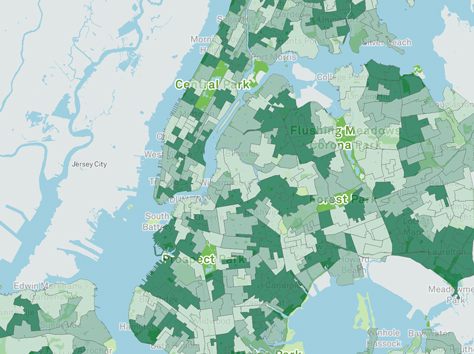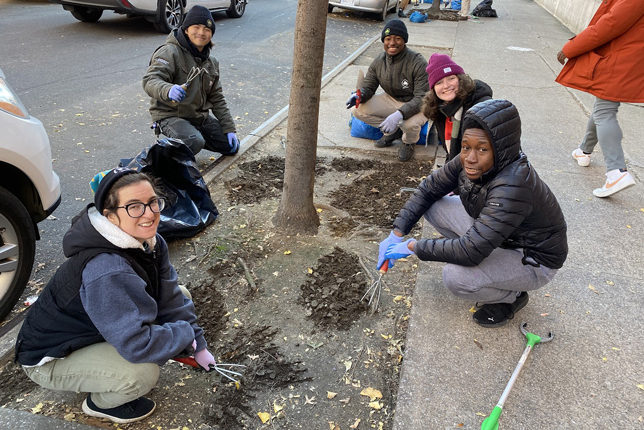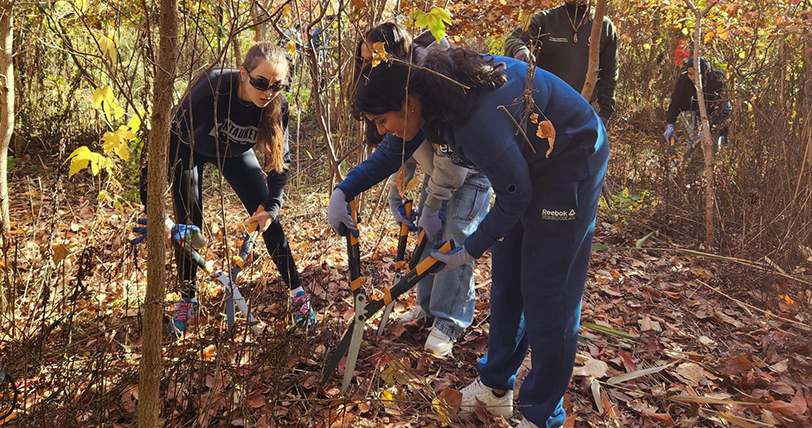Street Tree Planting

We’re growing a greener New York City. One way we’re doing that is by planting and caring for street trees in your neighborhood.
Why we plant trees
Trees make our city more livable by:
- removing air pollutants that can trigger respiratory illnesses
- reducing stormwater run-off
- keeping the city cooler during the summer
- providing shelter and food for birds and other wildlife
- offsetting climate change by reducing energy used by buildings, and reducing carbon dioxide emissions that pollute our air
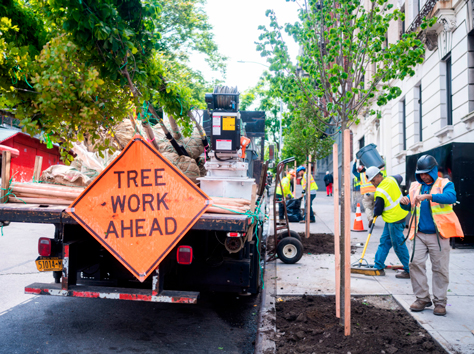
Planting Street Trees
View the tentative list of planting locations for the upcoming planting season.
If you want to plant a tree on your own in front of your property, you'll need a tree planting permit.
Street trees must be planted at new buildings and at major enlargement projects.
About Planting Street Trees
When we plant trees
Through NYC Parks’ Neighborhood Tree Planting program we aim to plant every available planting location in the entire city on a 9-year cycle. All plantings are along the street within the City-owned public right-of-way. You can view our planting cycle maps to find out when we will be planting in your neighborhood
How we plant trees
Our foresters work with experienced tree growers to make sure that only the healthiest and most appropriate of our approved species are selected for planting. To choose the right tree for the right place, we consider many factors, including tree bed type and sidewalk width, soil compaction, surrounding tree canopy, flood/drought conditions, nearby infrastructure, and how the tree's size and height will affect buildings, utility lines, sewers, and sidewalks. Learn more about our tree planting process
Trees are planted from October through May. Because tree plantings may be delayed by weather or other unforeseen events, we're unable to provide an exact planting date. But before your new leafy friend arrives, a sticker will be placed where the tree will be planted in the sidewalk. In areas with lawn strips, a flag will be placed indicating that a new tree will be planted within the public right-of-way.
Your new tree will also have an "I'M YOUR NEW TREE" tag with the name of the tree species. Each new tree will have two wooden stakes on either side for support and the area around the tree will be covered in mulch to minimize weed growth and to retain water.
Caring for Street Trees
We are responsible for the care and maintenance of street trees. After a tree has been planted, our planting contractors are responsible for all basic tree care services including watering, weeding, replacing missing soil, and conducting minor pruning and replacement, if necessary. The contractor is also required to water the tree at least once every two weeks from May through October.
Local residents are encouraged to help care for street trees. Volunteers can water and provide mulch for trees, cultivate the soil, plant flowers in tree beds, and install tree guards.
Trees need water and a safe litter-free space to grow and flourish. Find out how you can help out.
Become a tree steward and help trees around the city grow! Help us plant and care for trees, fix up hiking trails, and remove invasive plants in our forests and natural areas.
Tree Services
If you know of a tree that needs our attention, please report it by submitting a service request. If you've already filed a service request with us or with 311, you can check the status of your tree service request using your confirmation number.
